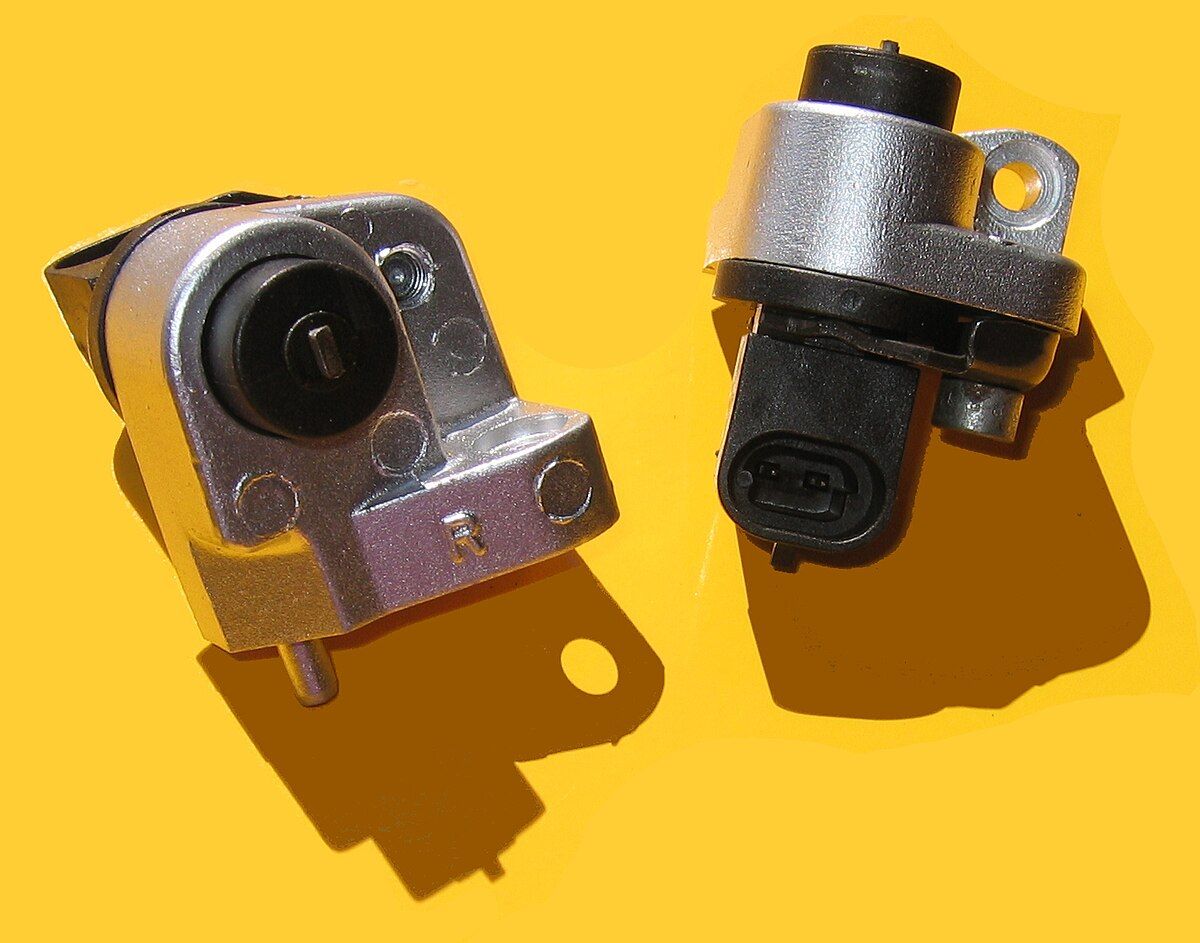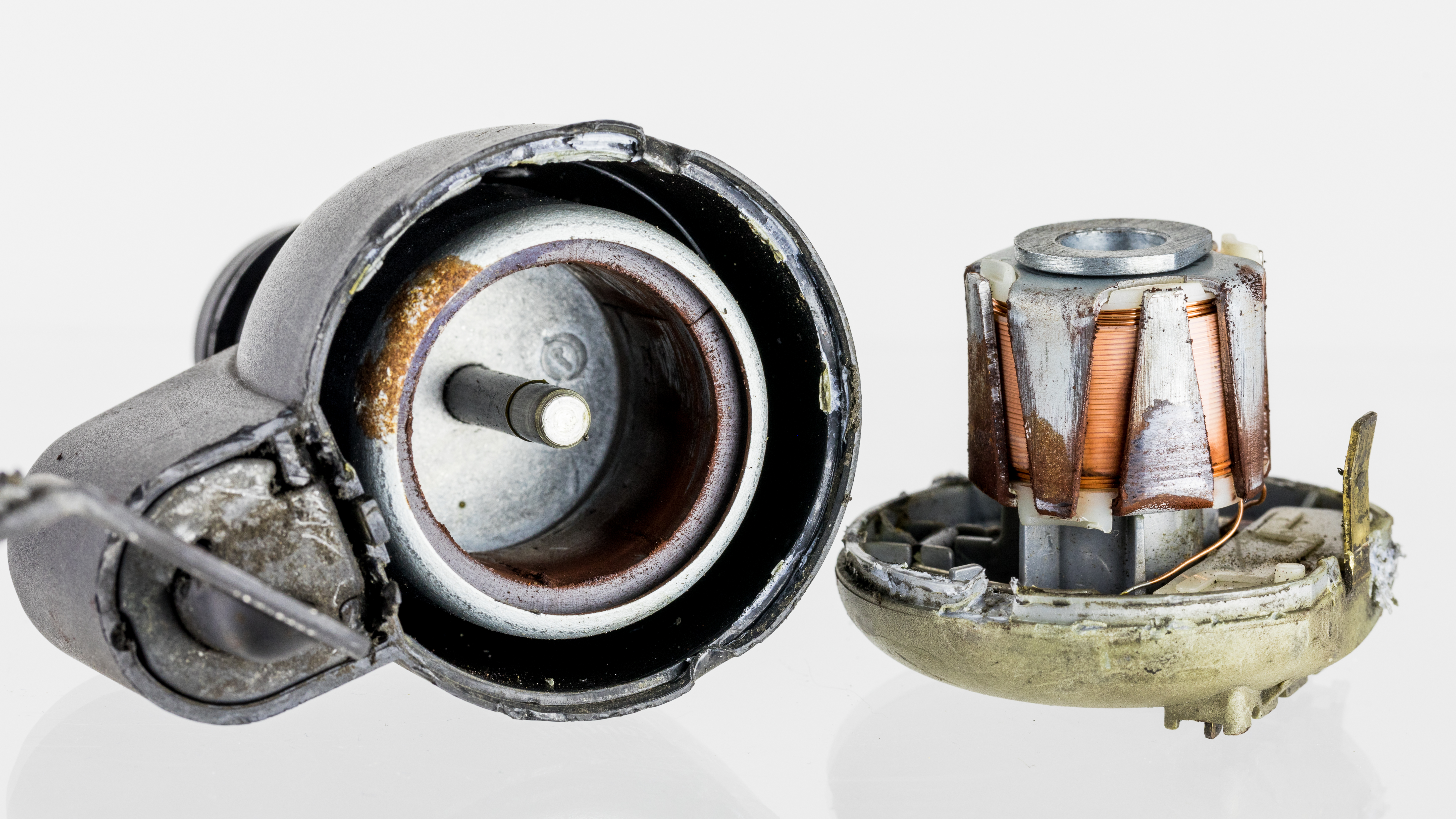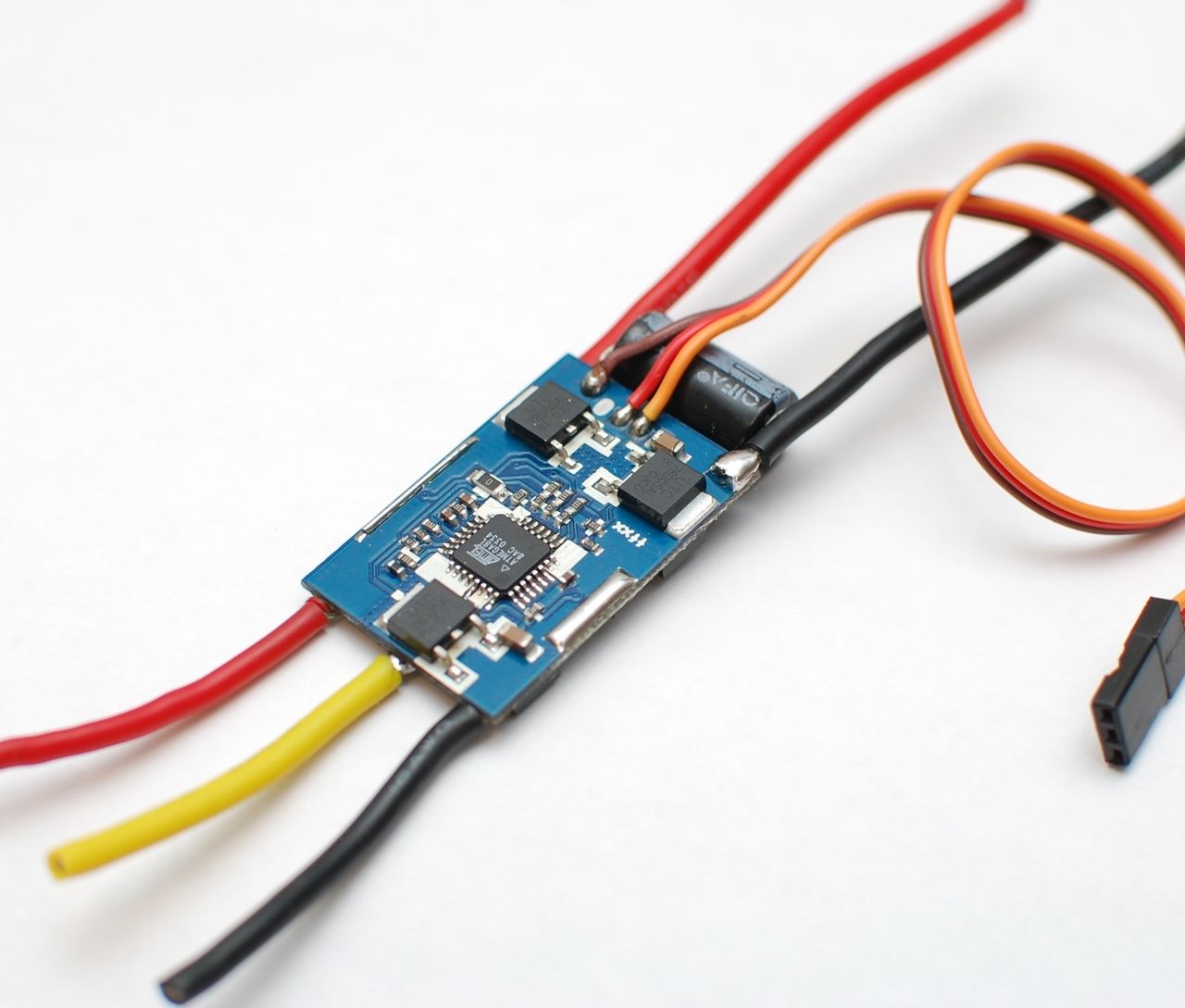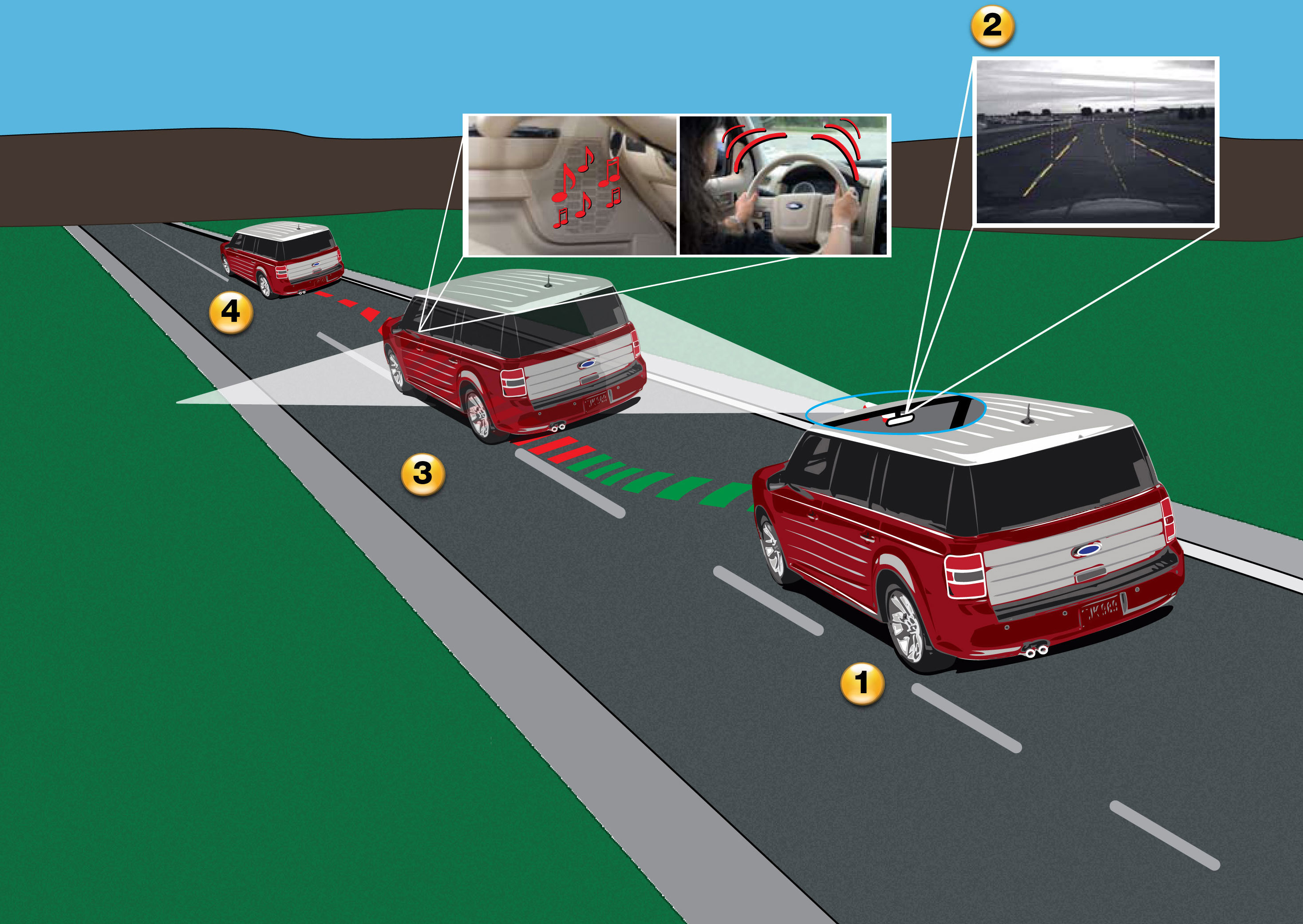
Travel by car is now remarkably easier and, crucially, safer than ever before. From the very first automobiles to the sophisticated self-driving vehicles on the horizon, technology has constantly evolved, making crashes far less likely and significantly reducing the risk of serious injury when incidents do occur. This dramatic improvement is largely thanks to the gradual, yet persistent, introduction of numerous safety features throughout the years, transforming the automotive landscape.
This journey from rudimentary mechanical safety features to today’s highly advanced autonomous systems tells a compelling story of innovation and human ingenuity. Car safety technologies have undergone a profound transformation, moving from basic additions like hand-operated wipers to intricate computer-controlled systems designed to prevent accidents entirely. Each decade has brought groundbreaking innovations, from the initial legislative pushes for seatbelts to the development of advanced driver assistance systems, all contributing to saving countless lives worldwide.
While we often take many contemporary safety features for granted, their path to standardization was frequently long and met with various challenges. Many aspects of today’s vehicles, now considered basic necessities, were initially included to enhance marketability or were seen as unnecessary technology by some. This article embarks on a detailed exploration of the evolution of 14 major safety systems that, despite their undeniable importance, took considerable time to become universally accepted or legally mandated, profoundly shaping the safety and reliability of modern transportation.

1. **Wiper Blades**One of the most fundamental yet often overlooked safety innovations is the wiper blade, a device essential for maintaining clear visibility in adverse weather conditions. Before automatic wipers became a standard feature, drivers relied on far more primitive mechanisms to clear rain, snow, and debris from their windshields. The initial acknowledgment that unobstructed visibility was paramount for safe driving led to the invention of these crucial tools, marking a significant first step in addressing a universal driving hazard.
The earliest known development and patent for wiper blades dates back to 1903, credited to Mary Anderson. Her innovative design featured a simple lever located inside the car, which was connected to a rubber blade on the outside of the windshield. This setup allowed the driver to operate the blade by hand, physically sweeping it across the glass to clear the view. While primitive by contemporary standards, this manual system represented a groundbreaking solution to a persistent problem, significantly reducing weather-related accidents.
The widespread adoption of Anderson’s simple yet effective invention quickly established it as standard equipment, laying the essential groundwork for more advanced systems. From these manual beginnings, the technology progressed rapidly, evolving into electric motors by the 1960s, with variable speed controls following shortly thereafter. These seemingly minor improvements collectively contributed to dramatically reducing accident rates, firmly establishing clear visibility as a primary consideration in automotive safety design.
Read more about: Your Ultimate Pre-Road Trip Checklist: 12 Essential Car Checks to Dodge Engine Trouble and Ensure a Smooth Journey

2. **Rear View Mirrors**The concept of a rearview mirror, indispensable for today’s drivers, also had a surprisingly delayed journey to standardization. Early motor vehicles were operated without such a device, forcing drivers to rely solely on direct glances or the assistance of passengers to monitor traffic behind them. The absence of a dedicated rear-facing view made maneuvering in traffic and parking significantly more hazardous, highlighting a critical gap in early automotive safety provisions.
The first recorded use of a rearview mirror in an automotive context occurred in 1911 during the opening Indianapolis 500 race. Racing driver Ray Harroun famously attached a mirror to his Marmon Wasp, claiming inspiration from a similar idea he had observed on a horse-drawn carriage years prior. This pioneering application demonstrated the potential for such a device to enhance driver awareness, particularly in competitive, high-speed environments where situational perception was key.
However, despite this early demonstration, the widespread adoption of rearview mirrors as a standard feature took several more years. It wasn’t until the 1920s that Elmer Berger designed and developed the first modern rearview mirror, which then gradually became a standard component in vehicles. This seemingly simple addition profoundly improved driver visibility and safety, providing a constant, accessible view of the road behind and becoming a cornerstone of defensive driving, significantly reducing the risks associated with changing lanes and reversing.
Read more about: The Architectures of Safety: Dissecting 14 Landmark Vehicle Features for a Secure Future

3. **Turning Indicators**Effective communication of a driver’s intentions is paramount for road safety, yet the development and standardization of turning indicators faced a prolonged evolution. In the early days of motoring, drivers relied on hand signals, a method often obscured by weather, darkness, or the vehicle’s design, making it challenging for other road users to anticipate maneuvers. This created inherent risks, particularly in increasingly congested environments.
Hollywood actress and silent-movie star Florence Lawrence is credited with inventing the earliest turning indicators in 1914. Her innovation, originally termed an ‘auto-signalling arm,’ was mounted on the back fender of the vehicle and could be raised or lowered by electrical push buttons. This ingenious concept predated widespread automotive electrical systems and highlighted an early recognition of the need for clear signaling.
Despite such early patents, including one by George H. Krob in 1925 for a mechanical arm, factory-installed flashing signals remained uncommon for many years. It was not until 1938 that Buick began offering a factory-installed flashing signal, marking a significant step towards their integration as a standard feature. The journey from initial invention to universal adoption was protracted, underscoring how even vital communication tools required decades to become an integral and expected component of vehicle safety, significantly reducing confusion and collisions at intersections and during lane changes.
Read more about: Unraveling the ‘Danger’ Myth: 8 Foods and Components Whose Truths Science Uncovered

4. **Laminated Safety Glass**Traditional window glass posed a severe safety hazard in early automobiles, as it would shatter into dangerous shards upon impact during an accident, causing extensive injuries to occupants. This inherent fragility highlighted an urgent need for a more resilient and protective material for vehicle glazing, especially for windshields, which are directly in the line of potential impact and occupant contact.
The significant breakthrough came with the introduction of laminated safety glass, which began appearing in automobile windshields in the 1920s. This innovation, which had earlier been tested and used by the military for items like World War I gas mask eyepieces, represented a massive advancement in occupant protection. Its construction involves sandwiching a thin plastic layer, typically polyvinyl butyral (PVB), between two sheets of glass.
During an impact, this innovative design holds the glass fragments together, preventing them from scattering throughout the vehicle interior. This crucial feature alone prevented countless serious injuries and fatalities and became mandatory equipment within decades, a testament to its effectiveness. While modern safety glass now includes additional features such as UV protection and acoustic dampening, the fundamental principle of preventing dangerous shattering remains unchanged, making it a cornerstone of passive vehicle safety.
Read more about: Unpacking the Hype: Why Hyundai’s Latest EVs Are Earning Unanimous Praise
5. **Padded Dashboards**Before the advent of padded dashboards, the interior surfaces of vehicles, particularly the dashboard, presented rigid and unyielding hazards during collisions. In the event of a frontal impact, occupants could be thrown forward with considerable force, directly impacting the hard surfaces of the dashboard, leading to severe facial, head, and chest injuries. This represented a significant area of concern for occupant safety that required a practical solution.
The first car to introduce padded dashboards was the Tucker Sedan in 1947. This innovative design aimed specifically to reduce face and chest damage when occupants were hit front-on during an accident. The integration of softer, energy-absorbing materials into the dashboard structure marked a pivotal step in enhancing interior safety, providing an additional layer of protection from potential hazards within the vehicle’s cabin.
This feature demonstrated a growing commitment within the automotive industry to improving safety measures for vehicle occupants, moving beyond just the exterior structure. Padded dashboards became mandatory in cars built in Europe in 1966, alongside front seat belts and white reverse lights. This legislative push solidified the padded dashboard’s role as an essential safety component, underscoring its importance in safeguarding passengers and drivers by mitigating secondary impact injuries during collisions.
Read more about: Seriously Where Did They Go? A Deep Dive into 14 Iconic Car Gadgets That Vanished From Our Toolboxes

6. **Three-Point Seatbelts**Few inventions have had as profound an impact on automotive safety as the seatbelt, yet its journey to universal acceptance and standardization was remarkably long. While a patent for a seatbelt was issued in the United States to Edward J. Claghorn as early as 1885, these devices were far from common. They were not even offered as an option until 1949 by Nash, followed by Ford in 1955, indicating a slow initial recognition of their protective potential.
The true revolution in seatbelt design occurred in 1959 when Volvo introduced Nils Bohlin’s three-point seatbelt. This ingenious design, strapping over both the lap and the shoulder, provided significantly improved protection by distributing impact forces across the strongest parts of the body. It quickly became one of the most effective car safety features ever created, drastically reducing injuries and fatalities in accidents.
Despite its proven efficacy, mandating seatbelt use took time. Front seat belts became compulsory in cars built in Europe in 1966, and Australia became the first country in the world to make seatbelts compulsory in 1970. The UK followed suit, making front seatbelts compulsory in 1983, with rear seatbelts becoming mandatory in 1987. This legislative progression solidified the three-point seatbelt as an indispensable, life-saving restraint system, transforming passenger safety and laying the groundwork for continuous advancements in vehicle occupant protection.
Read more about: Unearthing Automotive Relics: Why Bench Seats Vanished—And 12 Modern Vehicles Still Keeping the Dream Alive

7. **Crumple Zones**In the early era of automotive design, vehicle structures were typically rigid, intended to withstand impacts without deformation. However, this approach often meant that the full force of a collision was transferred directly to the occupants, leading to severe injuries. A fundamental shift in understanding how vehicles should behave in a crash was needed to prioritize occupant protection.
The concept of crumple zones, or safety cells, was a monumental advancement in car safety, introduced by Mercedes-Benz engineer Bela Barenyi in 1952 and subsequently developed in 1959. These specially engineered areas at the front and rear of a vehicle are designed to deform in a controlled manner during a collision. By crumpling strategically, these zones absorb the kinetic energy of the impact, significantly reducing the force transferred to the passenger compartment and its occupants.
This innovation fundamentally altered vehicle design, prioritizing occupant protection through structural engineering. Crumple zones represent one of the most crucial advancements in automobile safety technology, proving instrumental in minimizing injuries and reducing fatalities in car accidents. Instead of resisting impact, the vehicle intelligently sacrifices its structure to protect its precious cargo—the people inside—a principle that has been saving lives and making accidents less severe for over six decades.
Read more about: Navigating the Road Ahead: 12 Car Features and Vehicle Types That Can Significantly Boost Your Auto Insurance Premium

8. **Airbags**The evolution of occupant protection took a dramatic leap forward with the development of the airbag, an innovation designed to provide a critical cushion in the event of a collision. While Walter Linderer is credited with creating the airbag in 1951, presenting a system that could be deployed either manually by the driver or automatically upon bumper contact, its journey from concept to widespread integration was complex and protracted. These early designs represented a significant conceptual step toward a passive restraint system that could augment the protection offered by seatbelts.
General Motors made airbags an optional feature for drivers and passengers in 1974, marking an initial foray into commercial availability. However, it was not until 1981 that Mercedes-Benz introduced the first production car, the S-Class, with Supplemental Restraint System (SRS) airbags for the driver’s seat. The integration of airbags presented engineering challenges, with early designs sometimes leading to unintended consequences, which spurred further research and refinements to ensure their safety and efficacy across a broader range of collision scenarios.
Over the decades, airbag technology has advanced significantly, moving beyond single-point frontal deployments to sophisticated multi-stage systems. These include side-impact airbags, first introduced by Volvo in 1994, which protect occupants in side-on collisions, and knee airbags, pioneered by Kia’s Sportage SUV in 1996, designed to reduce lower limb injuries. Each of these developments contributed to a more comprehensive safety cocoon within the vehicle, demonstrating a continuous commitment to enhancing occupant protection from various angles of impact.
Today, airbags are a universal standard, complementing seatbelts to form a foundational layer of passive safety in virtually every new vehicle. Their proven ability to drastically reduce the severity of injuries and fatalities in accidents has cemented their status as one of the most vital safety features. The ongoing refinement of airbag technology continues, with sensors and algorithms becoming increasingly sophisticated to ensure optimal deployment timing and force based on crash severity and occupant characteristics, underscoring their indispensable role in modern automotive safety.
Read more about: Unearthing Automotive Relics: Why Bench Seats Vanished—And 12 Modern Vehicles Still Keeping the Dream Alive

9. **Anti-lock Braking System (ABS)**The ability to maintain steering control during emergency braking is paramount for accident avoidance, a challenge addressed by the Anti-lock Braking System (ABS). While the fundamental concept of preventing wheel lock-up originated for aircraft in the 1920s to ensure consistent steering during landing, its application to road vehicles was a much later development. Early conventional braking systems, when applied forcefully, could cause wheels to lock, leading to an uncontrolled skid and loss of steering, particularly on slippery surfaces.
The first car to feature an anti-lock braking system was the Jensen FF in 1966, adapting technology previously confined to aviation. This pioneering system, while effective, was mechanical and quite complex. However, the true breakthrough for widespread adoption came with the introduction of electronic ABS. Mercedes-Benz introduced the first electronic anti-lock braking system in its S-Class in 1978, a pivotal moment that demonstrated the potential of computer-controlled hydraulics to manage braking more effectively.
Electronic ABS works by using sensors at each wheel to monitor rotational speed. If a wheel begins to lock during heavy braking, the system rapidly modulates the brake pressure to that specific wheel, preventing it from skidding while allowing the driver to maintain steering control. This rapid pulsing of brake pressure—often imperceptible to the driver—allows for a shorter stopping distance and, crucially, enables the driver to steer around obstacles even under maximum braking, thereby significantly reducing the risk of a collision.
The widespread integration of ABS was transformative, particularly for driving in adverse conditions such as rain, snow, or ice, where maintaining traction and steerability is critical. Ford also began offering rear-wheel anti-brake lock systems in 1970, further highlighting the growing industry recognition of this technology’s importance. ABS has since become a standard feature globally, lauded by consumer safety advocates and contributing substantially to the reduction of accident severity and the overall improvement of vehicle handling in emergency situations.
Read more about: The Architectures of Safety: Dissecting 14 Landmark Vehicle Features for a Secure Future

10. **Traction Control Systems (TCS)**As engine power in vehicles increased, managing wheelspin during acceleration, especially on slick or uneven surfaces, became a significant safety concern. Traction Control Systems (TCS) were developed to address this, ensuring optimal grip and stability when a driver applies throttle. This system represents an evolution of electronic control, working in tandem with ABS to prevent the loss of traction during acceleration, distinguishing itself from ABS, which focuses on braking.
The introduction of traction control systems to production vehicles began in 1987, pioneered by manufacturers such as Mercedes-Benz, Toyota, and BMW. These early implementations showcased a sophisticated approach to vehicle dynamics, recognizing that uncontrolled wheelspin could lead to a loss of vehicle direction, particularly when cornering or accelerating out of a stop on compromised surfaces. The technology was a direct response to the need for greater control under varying driving conditions.
At its core, TCS utilizes the same wheel speed sensors as ABS to detect when a wheel is spinning faster than the others, indicating a loss of traction. When this occurs, the system intervenes by either reducing engine power to the spinning wheel, applying the brake to that specific wheel, or both. This controlled intervention redirects power to the wheels that still have grip, thereby maintaining forward momentum and preventing the vehicle from veering off course due to excessive wheelspin.
The practical benefit for consumers is enhanced vehicle stability and control, particularly noticeable in challenging conditions like accelerating on icy roads, wet asphalt, or loose gravel. By preventing uncontrolled wheelspin, TCS makes vehicles more predictable and easier to manage, reducing the likelihood of skids and spin-outs. This active management of power delivery was a crucial step towards fully integrated electronic stability management, significantly improving overall driving safety and confidence for everyday motorists.
Read more about: The Architectures of Safety: Dissecting 14 Landmark Vehicle Features for a Secure Future

11. **Electronic Stability Control (ESC)**Building upon the foundations laid by ABS and traction control, Electronic Stability Control (ESC) emerged as one of the most impactful advancements in active vehicle safety. ESC is designed to help drivers maintain control during extreme steering maneuvers, such as swerving to avoid an obstacle or losing traction on a slippery curve, by automatically intervening to prevent skidding and rollovers. Its introduction marked a significant shift towards systems that actively correct vehicle trajectory.
The pioneering work for ESC was a collaborative effort, with Mercedes-Benz and Bosch introducing the technology in 1995. This system represented a monumental leap because it integrated multiple sensors—monitoring wheel speed, steering angle, yaw rate (the vehicle’s rotation around its vertical axis), and lateral acceleration—to detect when a vehicle is deviating from the driver’s intended path. If the system senses an impending loss of control, it acts swiftly and often imperceptibly to the driver.
ESC functions by selectively applying the brakes to individual wheels and, if necessary, reducing engine power. For instance, if a vehicle is understeering (plowing towards the outside of a turn), ESC might apply the inner rear brake to help pivot the car back onto its intended line. Conversely, if oversteering (the rear end sliding out), it might apply the outer front brake. These precise, computer-controlled interventions bring the vehicle back under control faster and more effectively than a human driver often can.
The impact of ESC on road safety has been profound, with numerous studies demonstrating its effectiveness in preventing single-vehicle crashes and rollovers. Its success led to widespread mandates in many countries, solidifying its role as an indispensable safety feature. The National Highway Traffic Safety Administration (NHTSA) and other safety organizations credit ESC with saving thousands of lives and preventing countless injuries, making it a cornerstone of modern vehicle stability and a critical precursor to more advanced autonomous driving features.
Read more about: The Architectures of Safety: Dissecting 14 Landmark Vehicle Features for a Secure Future

12. **Lane Departure Warning (LDW) and Lane Keeping Assist (LKA)**Driver fatigue and momentary distraction are significant contributors to road accidents, particularly those involving unintentional lane departures. To mitigate these risks, Lane Departure Warning (LDW) systems were developed, providing alerts to drivers when their vehicle begins to drift out of its lane without the turn signal being activated. This technology marked the beginning of active driver monitoring and assistance, moving beyond passive crash protection.
The initial development of these systems can be traced back to 2000 when Iteris created a Lane Departure Warning System specifically for trucks in Europe. This system utilized visual, audible, and even vibration warnings to alert professional drivers, recognizing the heightened risks associated with long-haul driving. The technology soon found its way into passenger vehicles, with Citroen introducing a lane departure system in its C4, C5, and C6 models in 2005, making it accessible to a wider consumer base.
LDW systems typically employ forward-facing cameras or other sensors to monitor the lane markings on the road. When the vehicle approaches or crosses these markings without a deliberate input from the driver (such as activating a turn signal), the system issues a warning. These alerts can range from chimes and visual cues on the dashboard to haptic feedback through the steering wheel or seat, prompting the driver to correct their steering and remain safely within their lane.
An advanced iteration, Lane Keeping Assist (LKA), takes this a step further by actively steering the car back towards the center of the lane if the driver fails to react to the warning. These systems not only help prevent potential collisions caused by drifting into adjacent lanes or off the road but also reduce the mental load on drivers during long journeys. As foundational elements of Advanced Driver Assistance Systems (ADAS), LDW and LKA continue to evolve, enhancing driver awareness and providing a crucial layer of accident prevention in today’s increasingly automated vehicles.
Read more about: Driving Towards a Safer Future: Mandatory Car Safety Features Shaping the Road Ahead for All Drivers
13. **Blind Spot Information System (BLIS)**One of the persistent challenges for drivers is the ‘blind spot’—areas around the vehicle that are not visible through direct line of sight or conventional mirrors, often leading to collisions during lane changes or merging maneuvers. The Blind Spot Information System (BLIS) was engineered to overcome this inherent limitation, providing drivers with crucial alerts about vehicles in these unseen zones and significantly enhancing situational awareness.
Volvo was a pioneer in introducing this innovative technology, launching its Blind Spot Information System (BLIS) in 2004. This system represented a significant step forward in driver assistance, leveraging cameras and motion sensors strategically placed around the vehicle. These sensors continuously scan the adjacent lanes, particularly those areas that fall within the traditional blind spots, to detect the presence of other vehicles.
When a vehicle is detected in a driver’s blind spot, the BLIS activates a visual warning, typically an illuminated icon in the side mirror or on the A-pillar, on the corresponding side. Some systems also incorporate an audible alert or haptic feedback if the driver initiates a turn signal while a vehicle is detected in the blind spot. This multi-sensory approach ensures that the driver is effectively informed, even in conditions of low visibility or high traffic density.
For consumers, BLIS provides a practical and tangible benefit by reducing the stress and risk associated with changing lanes. It acts as an invaluable aid, particularly on multi-lane highways or in congested urban environments, where quick decisions are often necessary. By minimizing the chances of colliding with unseen vehicles, BLIS significantly enhances overall road safety and contributes to a more confident and secure driving experience, further solidifying the role of electronic aids in accident prevention.
Read more about: Consumer Reports Guide: Top 14 Cars of 2024-2025 Redefining Safety with Cutting-Edge Technology and Unbiased Crash Test Results

14. **Autonomous Emergency Braking (AEB) and Forward Collision Warning (FCW)**Among the most sophisticated active safety systems to emerge in recent years are Autonomous Emergency Braking (AEB) and its precursor, Forward Collision Warning (FCW). These technologies are designed to prevent or mitigate frontal collisions, which remain a leading cause of injuries and fatalities. They represent a critical advancement towards vehicles that can actively interpret their surroundings and react faster than a human driver.
Forward Collision Warning (FCW) systems typically employ radar, cameras, or a combination of both to monitor the road ahead, detecting vehicles, pedestrians, or other obstacles in the path of travel. If the system determines that a collision is imminent, it first alerts the driver with visual and audible warnings, allowing time for human intervention. This early alert mechanism gives the driver precious seconds to react, potentially averting an accident or reducing its severity.
Autonomous Emergency Braking (AEB) takes this a critical step further. If the driver fails to react to the FCW alerts, or if the system detects that a collision is unavoidable, AEB automatically applies the brakes to either prevent the crash entirely or significantly reduce the impact speed. Volvo was among the pioneers, introducing autonomous emergency braking on its XC60 in 2008, demonstrating the practical application of this life-saving technology. Nissan further advanced this with their ‘Predictive Forward Collision Warning’ system, which uses a front sensor to monitor not only the car directly ahead but also the car in front of that one, providing even more reaction time.
These collision avoidance systems have been rigorously studied by organizations like the Insurance Institute for Highway Safety (IIHS) and the Highway Loss Data Institute, consistently proving their effectiveness in reducing accident damage and insurance claims. AEB, often paired with features like adaptive headlights that rotate to better illuminate curves, exemplifies the pinnacle of current active safety, actively shaping the future of road safety by minimizing human error and providing a crucial layer of protection. As technology continues to evolve, these systems are becoming increasingly commonplace, moving us closer to a future with fewer collisions on our roads.
Read more about: The Architectures of Safety: Dissecting 14 Landmark Vehicle Features for a Secure Future
The journey through the evolution of automotive safety systems reveals a compelling narrative of persistent innovation and an unwavering commitment to protecting lives. From rudimentary mechanical solutions to today’s highly intelligent autonomous features, each milestone represents a significant step forward in making our roads safer for everyone. The transition from optional extras to essential, legally mandated components underscores a collective understanding that safety is not a luxury but a fundamental right. As we embrace the next generation of connected and self-driving vehicles, the continuous advancement of these technologies promises an even more secure future, where accidents become an increasingly rare occurrence, and the roads ahead are truly safer than ever before. This ongoing pursuit of perfection in automotive safety is a testament to human ingenuity, ensuring that every journey brings us closer to a vision of accident-free travel.



